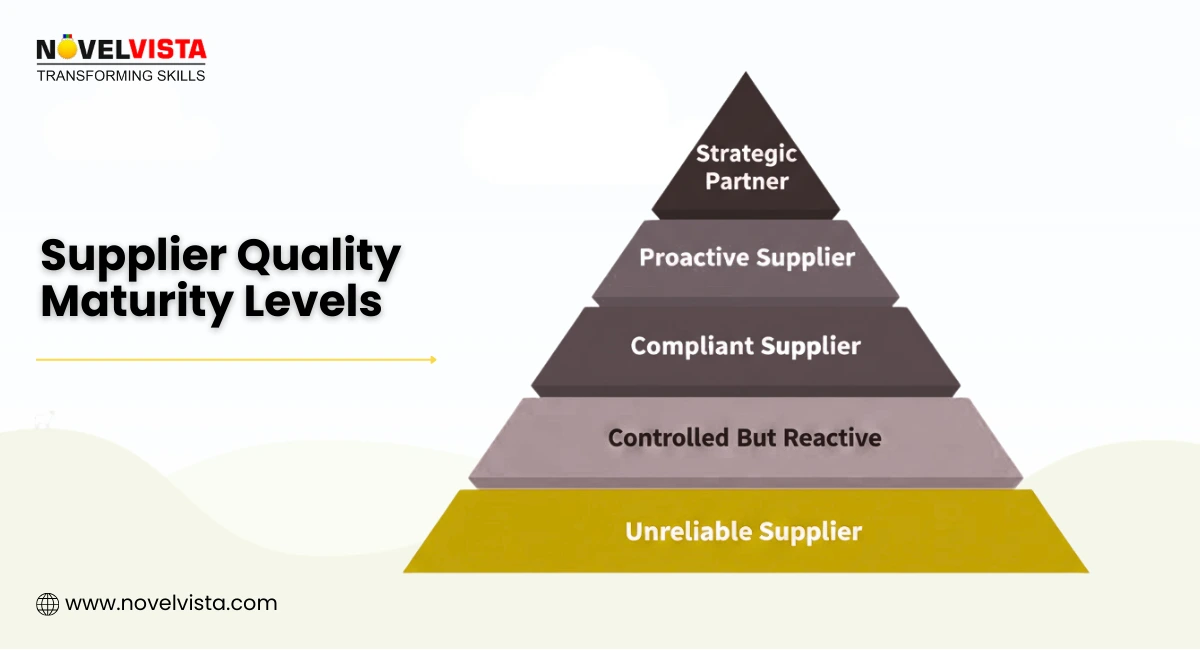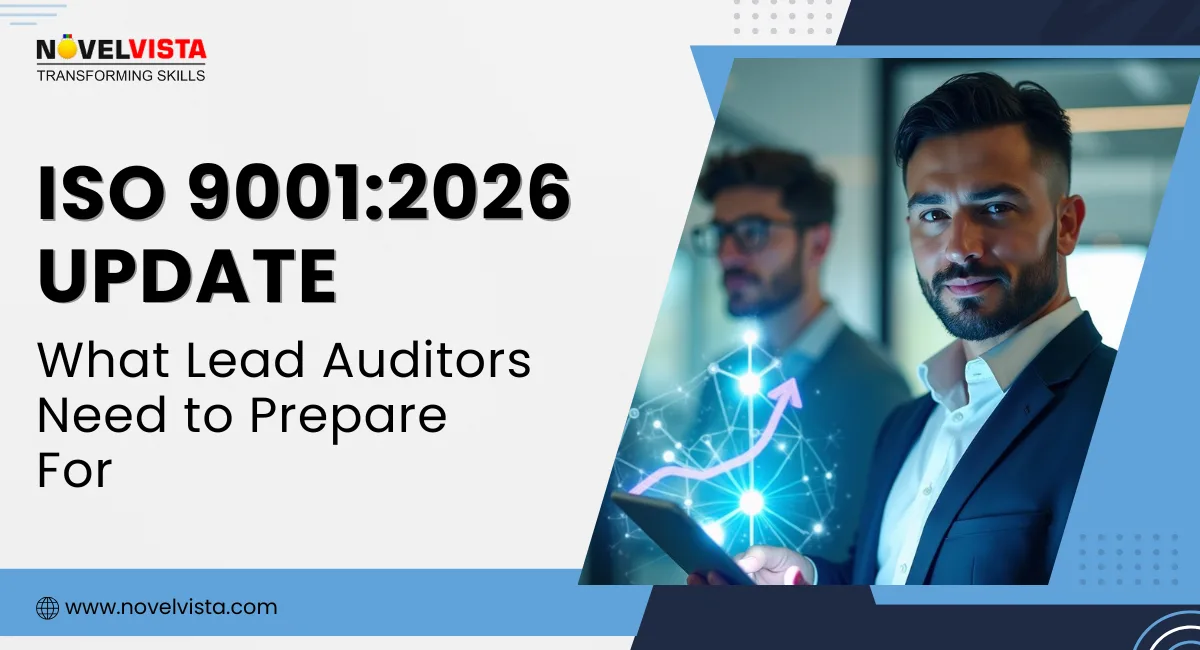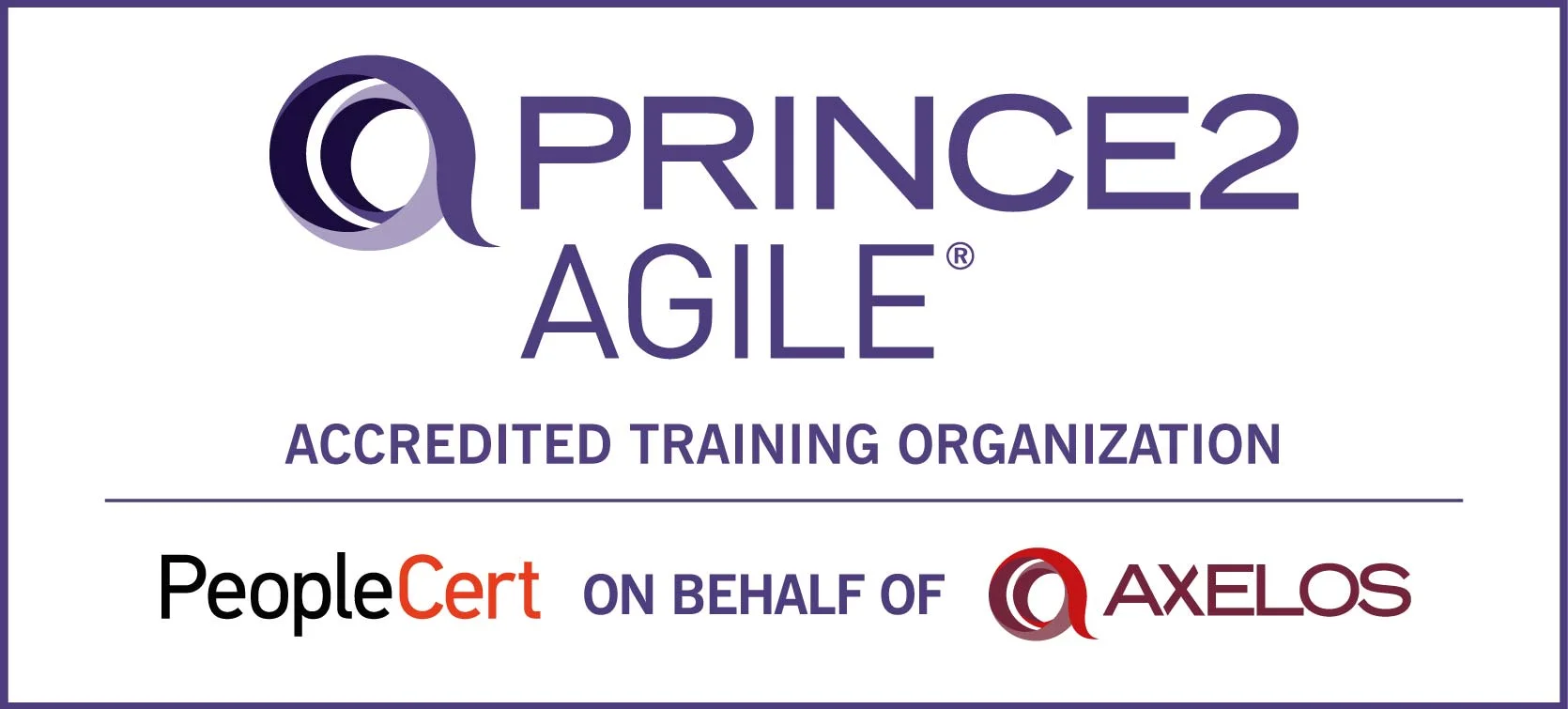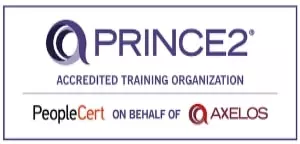Have you ever wondered how much control you truly have over the quality your suppliers deliver? In today’s volatile environment, where 82% of organizations face supply chain disruptions annually and nearly half stem from supplier performance issues, the quality of external partners can silently determine your success or failure. This is why the role of the ISO 9001 Lead Auditor has become indispensable. By conducting a structured and strategic supplier audit ISO 9001 process, they go behind the scenes of supplier operations, validate systems, and ensure every outsourced input aligns with your quality expectations. And with a well-designed Audit program ISO 9001, the supplier evaluation process becomes more consistent, predictable, and risk-focused than ever before.
Before diving deeper, let’s start with a foundational question.
What Is an ISO 9001 Audit in Supplier & Vendor Context?
An ISO 9001 audit in the context of suppliers is a systematic, evidence-driven evaluation of a supplier’s Quality Management System (QMS). It ensures their processes are stable, repeatable, reliable, and aligned with the ISO 9001 framework. In global vendor ecosystems, a supplier audit ISO 9001 approach becomes central to assessing the reliability, maturity, and compliance of each supplier. Beyond compliance, it uncovers risks, operational weaknesses, process gaps, and improvement opportunities. A strong ISO 9001 Lead Auditor evaluates the day-to-day operations of suppliers, their process controls, risk programs, audit readiness, and the maturity of their continual improvement efforts. This forms the backbone of an effective ISO 9001 supplier evaluation model.
As supply chains continue expanding across geographies, having a structured, repeatable, and risk-based supplier audit ISO 9011 methodology ensures suppliers are audited consistently and objectively. This standardization strengthens global quality assurance and mitigates risks long before they escalate.
Planning and Preparing the Supplier Audit
The ISO 9001 Lead Auditor begins by deeply reviewing supplier contracts, prior performance records, risk assessments, complaints, delivery history, and relevant QMS documentation. Instead of relying on generic checklists, the auditor customizes the plan for each lead auditor supplier audit, ensuring it targets real risks, process variability, compliance challenges, and operational complexities. This tailored planning ensures that the supplier audit ISO 9001 approach is precise, contextual, and aligned with your business’s strategic requirements.
The preparation phase also includes reviewing process maps, flowcharts, control plans, inspection results, and change management records. These detailed examinations help the auditor identify volatile or high-impact processes and prepare sampling strategies that uncover hidden risks. A well-designed audit plan acts as a blueprint that guides the entire evaluation and ensures no critical process is overlooked.
Evaluating Process Controls and QMS Effectiveness
- The auditor reviews documented controls, work instructions, process workflows, and quality metrics to understand process maturity and identify variations that may impact consistency, risk management, and overall performance.
- Pre-audit analysis helps map applicable ISO 9001 clauses to the supplier’s operations and your organization’s expectations, ensuring the audit remains both compliance-focused and performance-oriented while strengthening the overall ISO 9001 supplier evaluation process.
- The auditor’s objective is to confirm that the supplier’s QMS is not only compliant but also effective, scalable, and capable of supporting long-term reliability within the supply chain.
Real-World Operational Observation
Once the auditor steps onto the operational floor, the practical value of the supplier audit ISO 9001 approach becomes visible. The audit moves beyond documents and into real process behavior. The auditor walks through production lines, warehouses, service stations, or work areas to see how closely day-to-day activities match documented procedures. They observe equipment setups, employee interactions, inspection routines, testing steps, and maintenance practices to identify gaps that may not appear on paper. As organizations increasingly explore bold ISO 9001 careers, this role is becoming a cornerstone of modern supply chain and quality management.
Document Control, Traceability & KPI Insights
During the on-site evaluation, the auditor reviews document control systems to ensure records are accurate, updated, and fully traceable. Strong traceability helps prevent mix-ups, product recalls, and compliance failures. At the same time, trends in KPIs such as defect rates, rework, scrap, delivery failures, and customer complaints help reveal the supplier’s process stability and reliability.
Evaluating CAPA & Continuous Improvement
The auditor also examines the effectiveness of corrective and preventive actions (CAPA). They look at whether actions were closed on time, whether they addressed the true root cause, and whether they prevented recurrence. This evaluation provides insights into the supplier’s overall QMS maturity and their genuine commitment to continual improvement.
Compliance Verification, Evidence Collection & Clause-Level Assessment
-
The auditor verifies ISO 9001 clause compliance through sampling and interviews, checking leadership involvement, process ownership, risk-based thinking, operational controls, procurement, design, and improvement practices.
-
Evidence is gathered through interviews, document reviews, tests, screenshots, logs, and observations to ensure supplier audit ISO 9001 findings are factual and defensible.
-
Compliance with legal, regulatory, industry-specific, and customer-specific requirements is reviewed to prevent risks linked to noncompliance across critical sectors.
Audit Handbook
Get structured, efficient ISO 9001 supplier audits.
Grab your free handbook and upgrade your
audit approach instantly.
Identifying Nonconformities and Supplier Weaknesses
When nonconformities arise, the auditor categorizes them as minor, major, or critical, depending on their impact on quality, operational stability, and compliance. This clear classification helps your organization determine supplier risk levels, contractual obligations, and the urgency of improvement requirements.
Beyond identifying issues, a strong ISO 9001 Lead Auditor focuses on root cause analysis. They evaluate whether the supplier’s internal investigations are superficial or genuinely address the underlying failures. This distinction is crucial for preventing recurring issues and ensuring continuous improvement.
The auditor also provides practical and realistic corrective action recommendations, ensuring they are aligned with ISO 9001 principles and feasible within the supplier’s operational context. Their guidance strengthens supplier processes and supports long-term reliability.
Reporting, Supplier Evaluation & Follow-Up
- The auditor prepares a clear report outlining strengths, weaknesses, risks, nonconformities, and improvement opportunities, helping organizations make informed decisions about supplier approval and long-term vendor quality management.
- During the closing meeting, findings are communicated professionally to ensure clarity, alignment, and stronger supplier relationships.
- Follow-up reviews confirm corrective actions and verify QMS improvements, ensuring the supplier audit ISO 9001 process drives sustained performance and ongoing supplier reliability.

Why This Role Matters More Than Ever
In today’s globalized and fragile supply chains, one weak supplier can disrupt timelines, degrade product quality, and damage brand reputation. The robust structure of ISO 9001 — shaped by decades of evolution and reflected in bold ISO 9001 history positions supplier assurance as a central requirement for every organization.
Risk-based, evidence-driven, and improvement-focused, the ISO 9001 Lead Auditor has become a vital guardian of supplier quality. Their expertise ensures that every external partner supports your organization’s goals rather than jeopardizing them.
Conclusion
The ISO 9001 Lead Auditor plays a critical, strategic, and irreplaceable role in supplier and vendor quality audits. By ensuring stable processes, strong risk controls, and effective QMS practices, they protect organizations from supply chain failures and quality risks. As global dependence on external suppliers grows, the supplier audit ISO 9001 approach becomes essential for ensuring consistency, reliability, and compliance across your supply chain.
If building a resilient, high-performing supply chain is your priority, investing in a skilled ISO 9001 Lead Auditor is no longer optional — it is essential.
Ready to Strengthen Your Supplier Quality Assurance Capabilities?
If you're looking to deepen your expertise in auditing, process control, and supplier assurance, NovelVista’s ISO 9001 Lead Auditor Certification Training is your next step. The program offers hands-on auditing techniques, real-world QMS experience, and global certification. Whether you work in vendor quality management, supplier development, compliance, procurement, or quality control, this course equips you to lead audits with confidence and create lasting supplier excellence.
Start your journey today — and build the supply chain quality your organization can truly rely on.
Frequently Asked Questions
Author Details

Mr.Vikas Sharma
Principal Consultant
I am an Accredited ITIL, ITIL 4, ITIL 4 DITS, ITIL® 4 Strategic Leader, Certified SAFe Practice Consultant , SIAM Professional, PRINCE2 AGILE, Six Sigma Black Belt Trainer with more than 20 years of Industry experience. Working as SIAM consultant managing end-to-end accountability for the performance and delivery of IT services to the users and coordinating delivery, integration, and interoperability across multiple services and suppliers. Trained more than 10000+ participants under various ITSM, Agile & Project Management frameworks like ITIL, SAFe, SIAM, VeriSM, and PRINCE2, Scrum, DevOps, Cloud, etc.
Course Related To This blog
ISO 9001:2015 Lead Auditor Training and Certification
Confused About Certification?
Get Free Consultation Call








